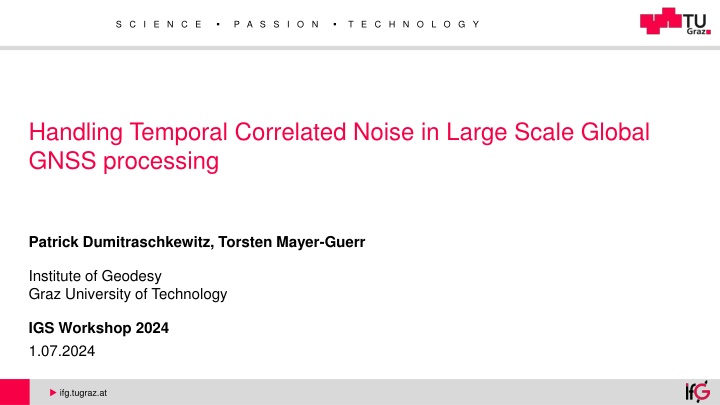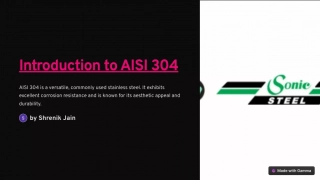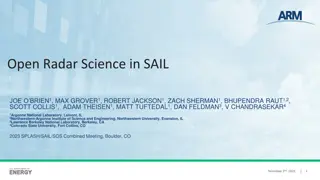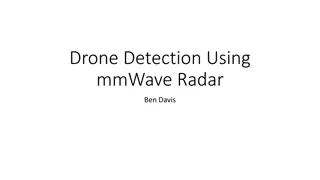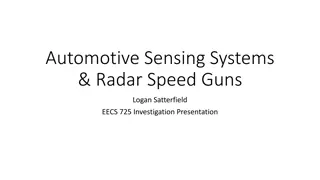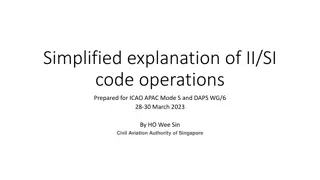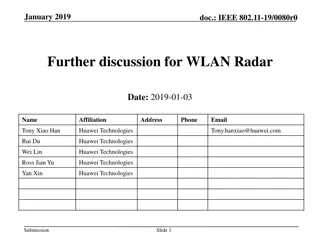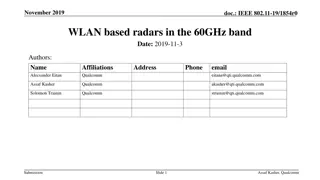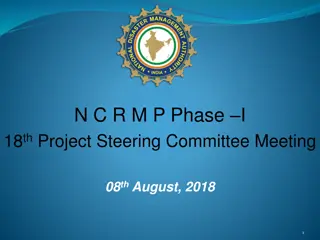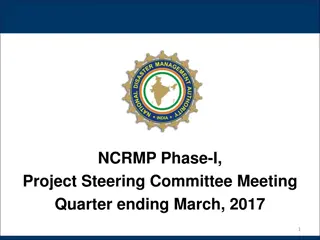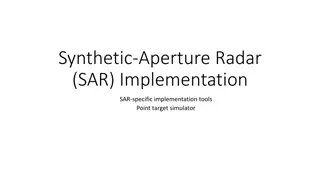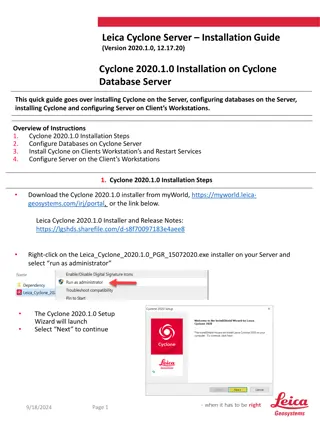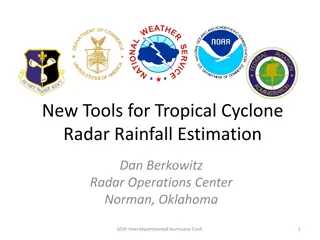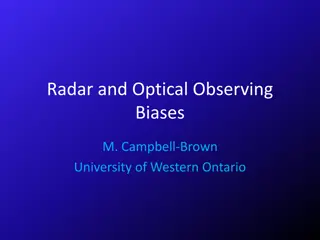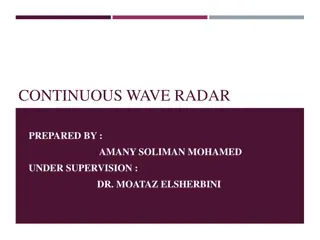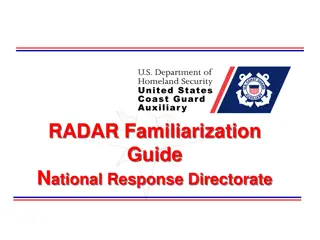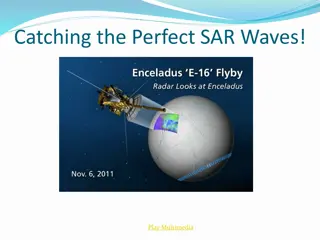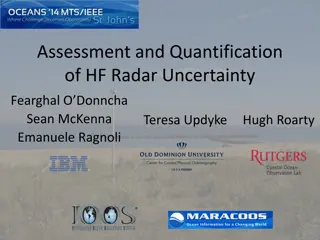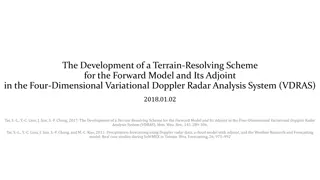WIVERN W-Band Radar for Cyclone Analysis
Uncover the potential of the WIVERN W-band polarization diversity Doppler radar in studying the internal structures of Mediterranean cyclones. Delve into the technology, simulations, and observations to gain insights into cyclone dynamics and characteristics. Learn about the impact of LOS wind assimilation and the capabilities of this innovative radar system.
Uploaded on Mar 03, 2025 | 0 Views
Download Presentation

Please find below an Image/Link to download the presentation.
The content on the website is provided AS IS for your information and personal use only. It may not be sold, licensed, or shared on other websites without obtaining consent from the author.If you encounter any issues during the download, it is possible that the publisher has removed the file from their server.
You are allowed to download the files provided on this website for personal or commercial use, subject to the condition that they are used lawfully. All files are the property of their respective owners.
The content on the website is provided AS IS for your information and personal use only. It may not be sold, licensed, or shared on other websites without obtaining consent from the author.
E N D
Presentation Transcript
S C I E N C E P A S S I O N T E C H N O L O G Y Handling Temporal Correlated Noise in Large Scale Global GNSS processing Patrick Dumitraschkewitz, Torsten Mayer-Guerr Institute of Geodesy Graz University of Technology IGS Workshop 2024 1.07.2024 ifg.tugraz.at
Motivation TUG global GNSS processing in GROOPS so far with uncorrelated weighting https://github.com/groops-devs Elevation based weightings ?? ???= 1?? /cos ? ?????= 200?? /cos ? Study and research show correlations within GNSS observations and residuals Normal GNSS processing applies strategies such as variance component estimation, modelling or post-fit residuals Station GRAZ post-fit residuals of L1C of the GPS satellites PRN G01 and G03 in the time domain (left) and the frequency domain (right) Research on more sophisticated stochastic modelling and its impact rather sparse for global GNSS processing Dumitraschkewitz, Mayer-Guerr 2
Raw observation approach Key concept Use all available observations as they are observed by the receiver in a common least squares adjustment. No linear combinations or differences Ionospheric influence Phase biases (Recv., Trans.) Ambiguity ? ??,0 ? ?+ ? ?? ? ??+ ?? ?+ ?? ?+ ?(??+ ??+ ?? ?) + ? Phase: ?? = ?? k ? ??,0 ? ?+ ? ?? ? ??+ ?? ?+ ?? ?+ ??+ ??+ ? Range (Code): ?? = ?? Observation Code biases (Recv., Trans.) Tropospheric influence Clock errors (Recv., Trans.) Corrections Geometrical distance Antenna center offsets/variations Phase wind-up Relativistic time correction ?= (?? ??)2+(?? ??)2+(?? ??)2 ?? i Dumitraschkewitz, Mayer-Guerr 3
LSA estimation global GNSS observation equation ??? ?? ?? ?? ?? ?? ?? ?? ?[?] ?? ???? = ????? ?[?] = ? = ?? ? ? ? ? ? ? ? ? ?[?] ?? clocks obs. epoch 0 epoch 1 epoch i receivers transmitters ambiguities C1C C1W C2W L1C L1W L2W = Ambiguities Orbit parameters Signal biases Station position Troposphere Signal biases Receiver clock Satellite clock Dumitraschkewitz, Mayer-Guerr 4
Normal equation matrix structure ??? ?? ?? ?? ?? ?? ?? ?? ?[?] ?? ???? = ????? ?[?] = ? = ?? ? ? ? ? ? ? ? ? ?[?] ?? Normal equation matrix for raw observation approach has kite-like structure Epoch i Very sparse allows for memory efficient algorithms Only upper triangular part required to be in memory Receivers Satellites Global Ambiguities Normal equation matrix structure of the global GNSS network processing using raw observation approach. Dumitraschkewitz, Mayer-Guerr 5
Requirements of the stochastic model The stochastic model is to be used on distributed memory system and it shall not excessively use communication between the processes Epoch i The stochastic model shall not bloat the normal equation matrix nor should it lead to a fully populated normal equation matrix 333093 parameters for 178 stations to be estimated - With diagonal covariance matrix requires ~100 GB of RAM Receivers Satellites The stochastic model must be applicable in block wise normal equation accumulation Global Ambiguities Normal equation matrix structure of the global GNSS network processing using raw observation approach. Dumitraschkewitz, Mayer-Guerr 6
GNSS Stochastic Modelling Temporal covariance models Three general ways to estimate VC components Covariance component estimation Iterative variance component estimation (VCE) , Minimum norm quadratic unbiased estimation (MINQUE, Wang et al. 1998) LSA-VCE, (Teunissen and Amiri-Simkooei 2008) Turbulence theory and correlations caused by tropospheric refractions (Kermarrec and Sch n 2014) Post fit residual fitting Stochastic processes fitted to post fit residuals Autoregressive-moving average (ARMA) processes (Luo et al. 2012) Method of interest Dumitraschkewitz, Mayer-Guerr 7
Decorrelating temporal correlations for receiver/transmitter pairs Decorrelation by cholesky decomposition ???1,1 0 ???1,2 ???2,2 0 ???1,3 ???2,3 ???3,3 0 ???1,? ???2,? ???3,? 1= ??? 1 ? 1? ?, Cholesky ?? ? = ? 1 0 0 ???= 0 ???? 1,? 1 ???? 1,? ????,? ? = WTA l = WT ? ? = ?? ? ? = ?? l 0 0 Assumptions and limits have to be defined No correlations between observervers and satellites No correlations between phase/code Temporal correlations only consideration ? = ? ? = ? + ? ? ?? ?? ?? ?? ?? ?[?] ?? ?? ?? ?? ?? ??? ?? ???? = ?[?] = ? = ? ? ? ? ? ? ? ? ?? ?[?] ? ?? ?? = ????,???? ?? ?=? Dumitraschkewitz, Mayer-Guerr 8
AR(MA) processes, decorrelation and covariance matrices 1= ??? 1 ? 1? ?,^ ? = ? 1 Cholesky ?? Inversion of the cholesky decomposted co/variance matrix of an AR process is a bandmatrix with P diagonals (see A, B) B) A) Diagonal elements are the AR coefficients after initial filter warmup (P first rows) Moving Average process on the other hand becomes a fully populated matrix after inversion of the cholesky decomposed co/Variance matrix (see C, D) D) C) Dumitraschkewitz, Mayer-Guerr 9
AR(P) process in global GNSS processing AR(P) process add P diagonal elements in the epochwise parameters Epoch i Receivers Satellites Global Ambiguities Dumitraschkewitz, Mayer-Guerr 10
AR(P) process in global GNSS processing AR(P) process add P diagonal elements in the epochwise parameters Epoch i AR(1) Receivers Satellites Global Ambiguities Dumitraschkewitz, Mayer-Guerr 11
AR(P) process in global GNSS processing AR(P) process add P diagonal elements in the epochwise parameters AR(P) process co/variance matrices has an easy computation of the inverted cholesky decomposed matrix Epoch i AR(2) AR(P) process allows simple creation of the decorrelation matrix ?rsi,? ? ?rsi,???? Receivers ?? ?? = ?[?] Satellites ?=? Global Ambiguities Dumitraschkewitz, Mayer-Guerr 12
Analysis setup Generated residuals by a global network estimation with ~200 stations Adapted the post-fit residual strategy of Luo (2012) for global GNSS raw observation approach Same models, procedures as was used in the repro3 10 years of data from 2011 till 2020 are analyzed Each year is separated into 60 days intervals Selected stations for the analysis setup Dumitraschkewitz, Mayer-Guerr 13
Impact on the GNSS orbit determination Two subsequent daily solutions overlap at the boundary epoch RMS values are computed from the coordinate differences and the mean improvement is evaluated Dumitraschkewitz, Mayer-Guerr 14
Impact on the station position time series Station position timeseries transformed into a common independent reference frame Comparison of detrended point-error RMS Overall improvement of the RMS of all stations with some outliers Especially significant improvements in south America and in Australia Dumitraschkewitz, Mayer-Guerr 15
Overall relativ improvement and summary Overall the station positions and orbits improved between 3% to 10% Especially viable in multi GNSS environment >2016 More observation types and GNSS lead to more redundancy and better estimated residuals with more realistic stochastic properties Dumitraschkewitz, Mayer-Guerr 16
Future outlook Include the usage of BeiDou 3 within the stochastic modelling and the analysis setup Expand the analysis scenario to include all available stations Thorough investigate the ambiguity fixing rates in PPP environment while using the products with more sophisticated stochastic modelling Investigation of spatial and other correlations Dumitraschkewitz, Mayer-Guerr 17
